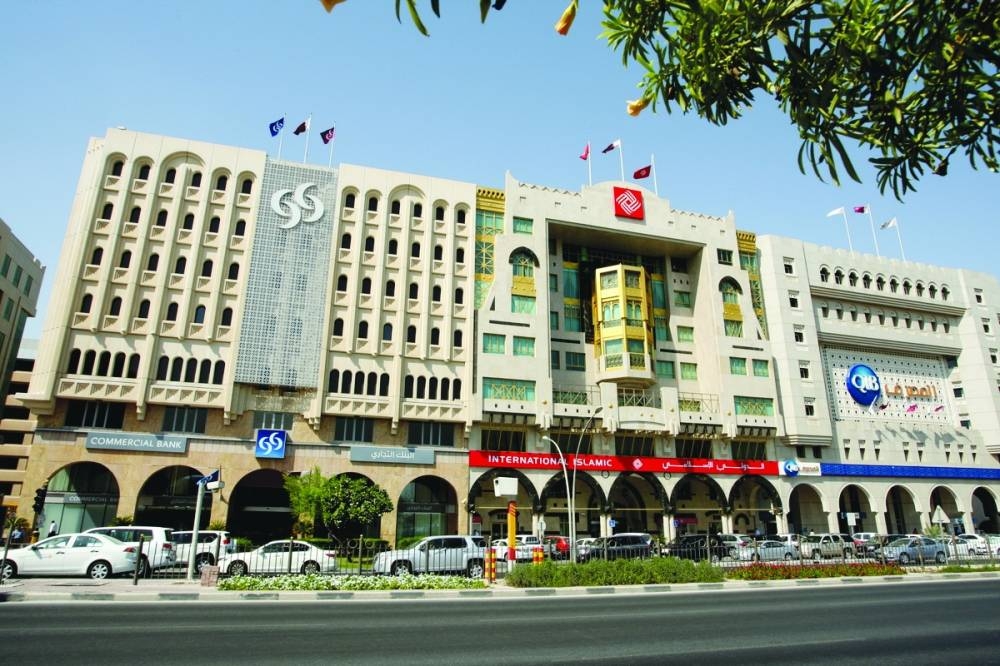Qatar's debt dynamics is expected to remain "favourable" in the medium term, as the country's gross external and central government debt are expected to decline substantially, according to Capital Intelligence (CI), a global credit rating agency.
According to CI’s estimates, gross central government debt (including short-term treasury bills and bank overdrafts) declined further to 55.4% of GDP (gross domestic product) in 2022, from a peak of 73.6% in 2020, reflecting nominal GDP growth and large primary budget surpluses.
CI expects "debt dynamics to remain favourable in the medium term, resulting in a further decrease in the central government debt ratio to 49% in 2024."
This comes after the rating agency recently upgraded Qatar’s long-term foreign currency rating (LT FCR) and long-term local currency rating (LT LCR) to ‘AA’ from ‘AA-’.
Highlighting that current account performance has exceeded its expectations with the surplus increasing to an estimated 27% of GDP in 2022 (14.5% in 2021); CI said gross external debt is expected to have declined to 162.9% of current account receipts (CARs) in 2022 compared to as high as 263.2% in 2021, while official foreign exchange reserves rose to $63.5bn from $42.2bn in 2021.
"We now expect the current account surplus to be higher than previously forecast in the short to medium term – at an average of around 17% of GDP – contributing to a further strengthening of the country’s external balance sheet," the rating agency said.
Considering the government’s contingent liabilities as a risk factor for the ratings, CI said the largest implicit contingent liability for the government is the banking sector.
Total banking sector assets, as a share of GDP, were "reasonably" high at 228.9% in 2022, it added.
Although the banking sector’s "asset quality is currently good and capital buffers remain strong", it said banks are exposed to significant lending concentrations (in real estate).
Furthermore, banks’ reliance on foreign funding (particularly non-resident deposits) is still considered a potential source of risk – albeit significantly declining – with non-resident deposits accounting for 19.5% of total deposits in November 2022 compared to 28.8% in 2021.
CI notes that this risk is mitigated by the strong capacity of the government to support the banking system in case of need.
Qatar’s economic activity has picked up since 2021 in view of the rebound in both the hydrocarbon and non-hydrocarbon sectors. CI expects real GDP growth to have reached 4.7% in 2022, compared to 1.6% in 2021.

Total banking sector assets, as a share of GDP, were "reasonably" high at 228.9% in 2022, the rating agency said.

